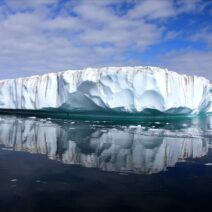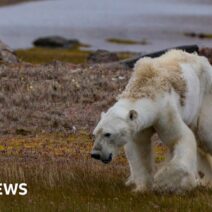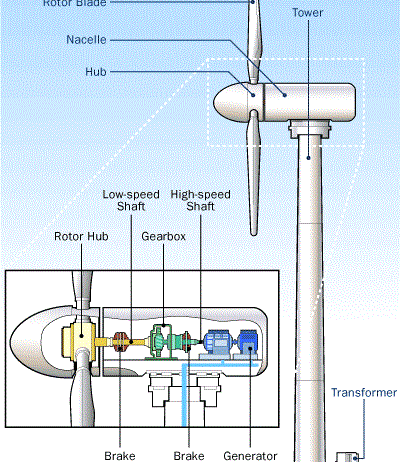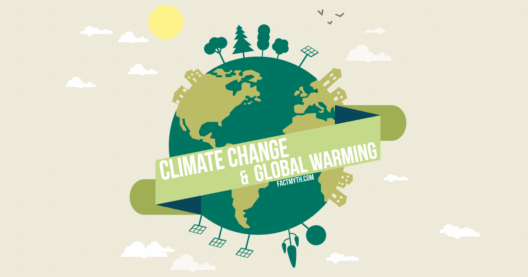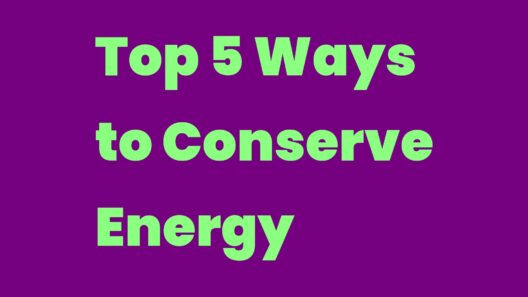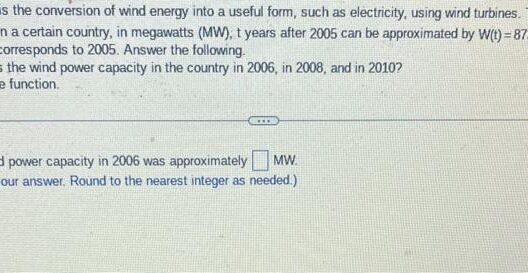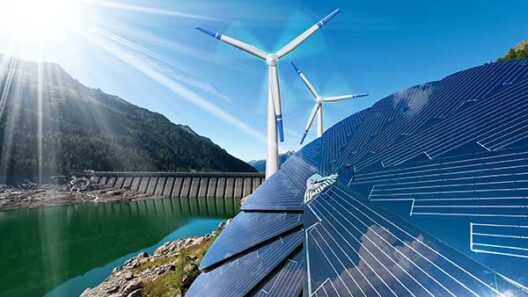Wind energy is one of the most sustainable and eco-friendly sources of power available today. As nations grapple with climate change and the transition to renewable resources, wind power stands out as a remarkable solution that harnesses the natural forces of the environment. Its intrinsic connection to the atmospherical dynamics not only makes it a powerful source of energy but also captivates the imagination with the beauty of its technology.
Understanding wind energy begins with the appreciation of how wind is formed. Wind is essentially air in motion, resulting from the uneven heating of the Earth’s surface by the sun. This singular phenomenon creates pressure differences that compel air to move, forming winds that can vary in speed and direction. The potential energy locked within this motion can be converted into mechanical power, which can subsequently generate electricity. The fascinating interplay between nature and technology embodies the essence of wind energy.
The mechanics of capturing this energy are ingeniously elegant. Wind turbines, the hallmark of modern wind power technology, are designed to convert the kinetic energy of wind into electrical energy. These towering structures don’t merely rise above the landscape; they symbolize a harmony between human ingenuity and nature’s forces. The aesthetic appeal of wind turbines, often described as modern-day windmills, enhances the visual landscape of rural and coastal regions, creating a striking juxtaposition against the backdrop of nature.
Wind turbines can be broadly categorized into two types: horizontal-axis turbines and vertical-axis turbines. Horizontal-axis turbines, the most common variety, feature blades that rotate on a horizontal plane, harnessing wind from varying angles effectively. They are often mounted on tall towers, capturing high-altitude winds that are typically faster and more consistent. On the other hand, vertical-axis turbines, while less prevalent, offer a unique advantage as they capture wind from any direction, making them ideal for urban environments where wind patterns may be unpredictable.
Moreover, the design of these turbines is not merely functional; it can also be incredibly artistic. Some turbines sport sleek, aerodynamic designs that evoke images of modern sculpture, while others integrate vibrant colors to complement their surroundings. A visually appealing wind farm can transform a field or coastline into a landscape of innovation and inspiration, captivating passersby and inviting them to ponder the wonders of renewable energy.
The journey from wind to electricity involves several crucial steps. When the wind blows, its kinetic energy causes the turbine blades to rotate. This rotational motion is transmitted to a generator through a shaft, which produces electricity via electromagnetic induction. The generated electricity can then be fed into the power grid or stored in batteries for later use. This seamless transition from nature’s force to electrical energy underscores the efficiency of wind power technologies.
Wind energy generates numerous environmental benefits. As a clean energy source, it produces no greenhouse gas emissions during operation, contributing to a reduction in air pollution and mitigating climate change impacts. Furthermore, harnessing wind energy reduces dependence on fossil fuels, which depletes natural resources and harms ecosystems. The aesthetic appeal of wind farms, combined with their ecological advantages, creates a compelling argument for their expansion across landscapes worldwide.
As we embrace the wind as a source of energy, it is essential to consider the challenges alongside the benefits. The unpredictable nature of wind can make energy generation inconsistent. Wind farms must be strategically located in areas with ample wind resources to optimize energy production. Additionally, concerns regarding noise pollution, visual impact on the landscape, and the effect on local wildlife, particularly birds and bats, have been subjects of ongoing research and debate. Striking a balance between harnessing wind energy and minimizing ecological disruption is paramount.
The future of wind energy looks promising, with technological advancements continuously propelling its efficiency and effectiveness. Innovations such as larger turbine blades, enhanced materials for durability, and sophisticated grid integration are transforming the wind energy landscape. Floating wind turbines, designed for deep-water installations, could unlock vast offshore resources, further expanding the reach of wind power.
In conclusion, wind energy serves as a remarkable testament to the potential of renewable energy. It elegantly combines aesthetics with functionality, transforming wind into a powerful source of electrical energy while preserving the environment. As society progresses towards a sustainable future, the appreciation for wind energy will likely grow, inspiring future generations to recognize the beauty and ingenuity of this natural power. The allure of wind energy lies not only in its practicality but also in its capacity to create a harmonious relationship between humanity and nature, encouraging a cycle of respect and conservation that is inherently beautiful.
